Meet the modern 911’s unsung hero
I don’t know how many different varieties of Porsche 911 I’ve driven, but it will by now be well into three figures.
When you think of all the 911 generations there have been and within each, the rear- and all-wheel-drive models, the Targas, the convertibles, the standard, and the never-ending list of money-making variants—the S, T, GTS, GT3, GT2, Turbo, Turbo S and RS, not to mention the various Cup, RSR, R, GT3-R racers and those that weren’t even called 911 (the 901, 912, 930, 959 and 961)—it’s probably a couple of hundred or more.
I’ve been a lucky boy.
And yes, of course some stand out, including the current GT3 RS, the original 1967 911R, the 1973 2.8 RSR, and other exotica among them because they were just so damn exciting. But so too do a few models that are not racing cars, or extreme track-day machines—just beautifully optimized road cars, plucked often from the middle of the range.
For example, the 1972 2.4-liter 911E has been hidden in the shadow of the scarcely quicker 911S for too long. A late G-series (1973–89) Carrera with the G50 gearbox is another gorgeous car, even by 911 standards. And an early pre-VarioRam 993 Carrera 2 too, so long of course as it’s a rear-wheel-drive coupe. But they’re all sought after right now and that’s not what this column is about.
So which is the unsung hero of the 21st-century generation of 911?
To me, there is one clear candidate.
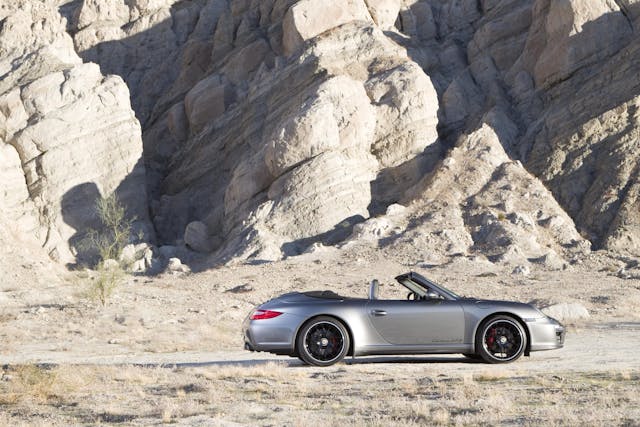
In 2010 Porsche was getting ready to launch only the third entirely new 911 in the car’s by then near-50-year history. With a much longer wheelbase and electric power steering, the new 991 (2012–19) would be different from the 911s that had come before it. But before it could crack on, Porsche had to get rid of the last of the old 997 (2001–13) versions, so it pressed back into service a name that had not been seen on the back of a Porsche since 1981: Carrera GTS.
Unlike the 904, the new 911 GTS was not a revolutionary car by any stretch. It constituted instead a carefully considered plunder of some of the best bits of various other 911s and, indeed, the parts bin.
The Turbo widebody and extended rear track were carried across, the 408-hp 3.8-liter motor from the Sport Classic was used, and there were even center-lock wheels from the GT3. The revised front spoiler came from the accessories catalog, while other features such as sports seats and active suspension management—options on lesser 911s—were fitted.
The only truly bespoke bits on the Carrera GTS were its own damper settings and a suede-lined interior. That was essentially that, though you had to be careful when ordering the car, because Porsche had made the rear seats a no-cost option to make the car seem lighter than it was. Failure to tick that box might mean your children never spoke to you again.
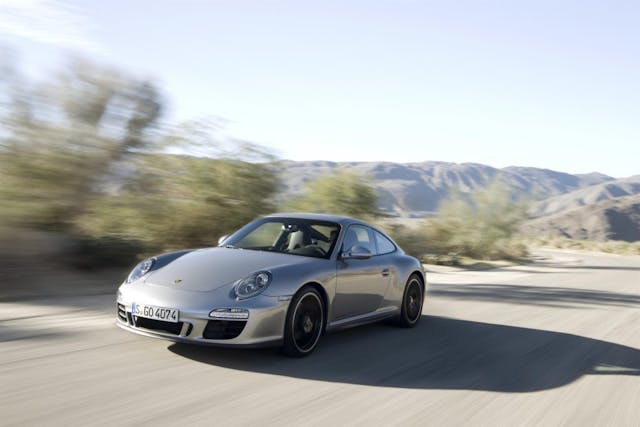
My first drive in the original 911 GTS coincided with the rise of social media and a phenomenon called “Twitter” and after seven hours straight at the wheel of a 911 GTS I felt moved to park the car, extract my telephone, and tweet “911 GTS: all the car I could ever want, or need.”
And I meant it.
To me, this was the car that best defined examples of what I have always regarded as the true calling of the 911, which is not to be the fastest nor even the most exciting sports car on the road. It is to be the most usable.
What I loved about the GTS was that it was damn near as quick as a GT3 in a straight line, almost as much fun in the corners, yet wildly better at the one thing that matters most to customers but which is talked about least by motoring journalists: How easy it is to live with.
Indeed for most of the time, if you ignored the black smoked headlights, the black rear pipes, the GTS badging, and all that Alcantara, you really could have convinced yourself that you were in a bog-standard 911, except that—and I don’t have any ready explanation for this—it rode better than any other 911 of that era I’ve driven. And when the road opened up, you put over 400 hp to work and suddenly it became an entirely different beast.
It was, then, not just the last of the 997 generation of 911, it was also by far the best when driven daily. If you are one of those who believe the 911 lost something fundamental when it grew its wheelbase and traded hydraulic for electrically-assisted steering with the arrival of the 991 in 2012, you might still consider the 997 Carrera GTS to be not just the best of its generation, but the best of all. I may or may not agree with you, but I’d certainly understand and appreciate where you were coming from.
***
Check out the Hagerty Media homepage so you don’t miss a single story, or better yet, bookmark it. To get our best stories delivered right to your inbox, subscribe to our newsletters.
Via Hagerty UK

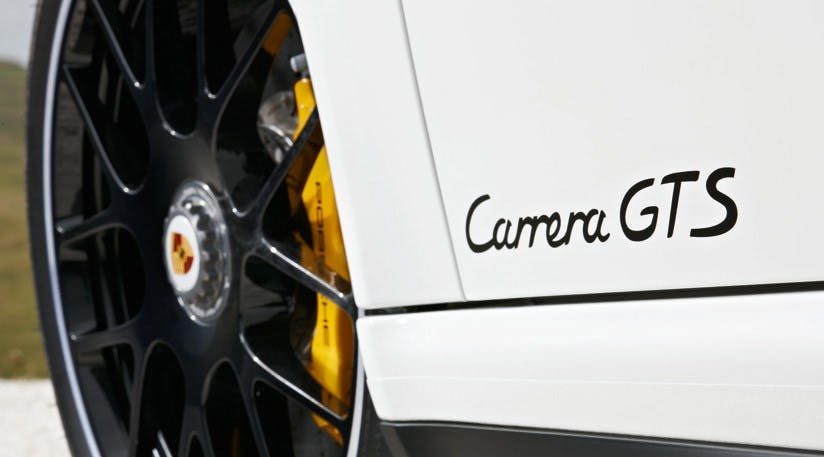
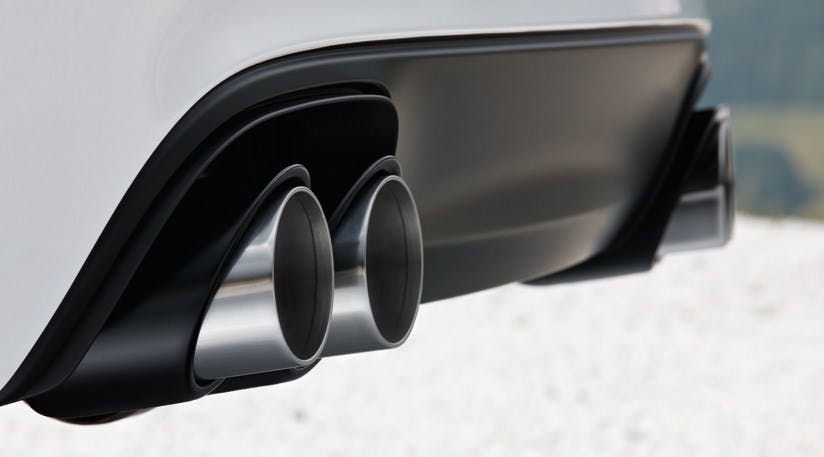
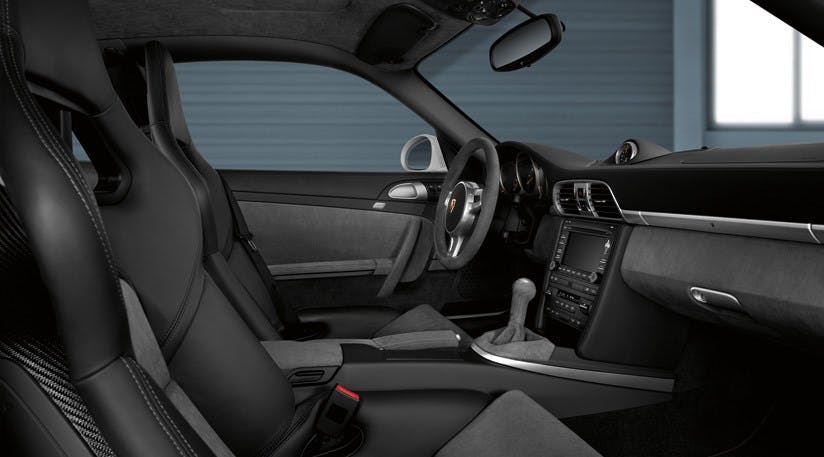
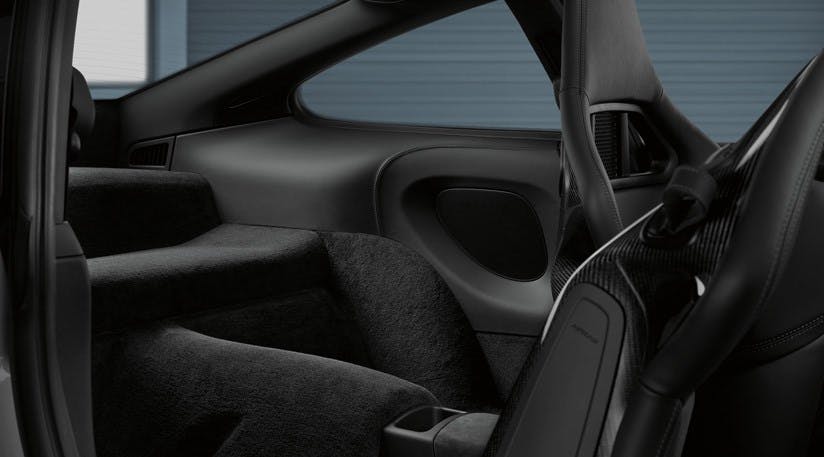
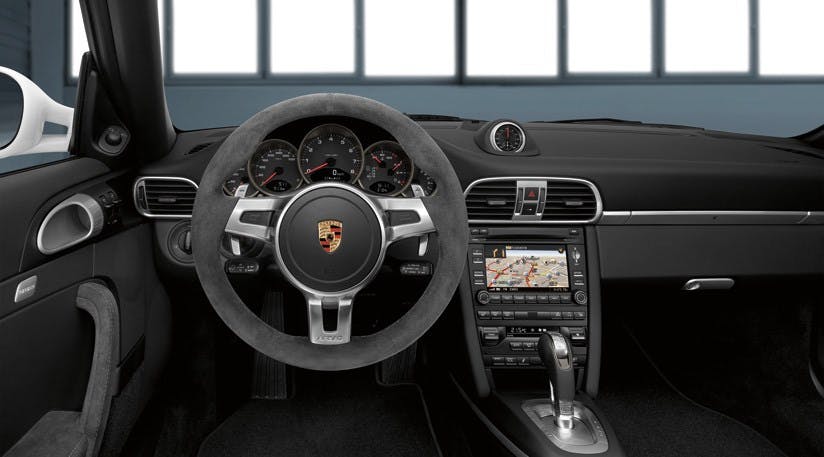


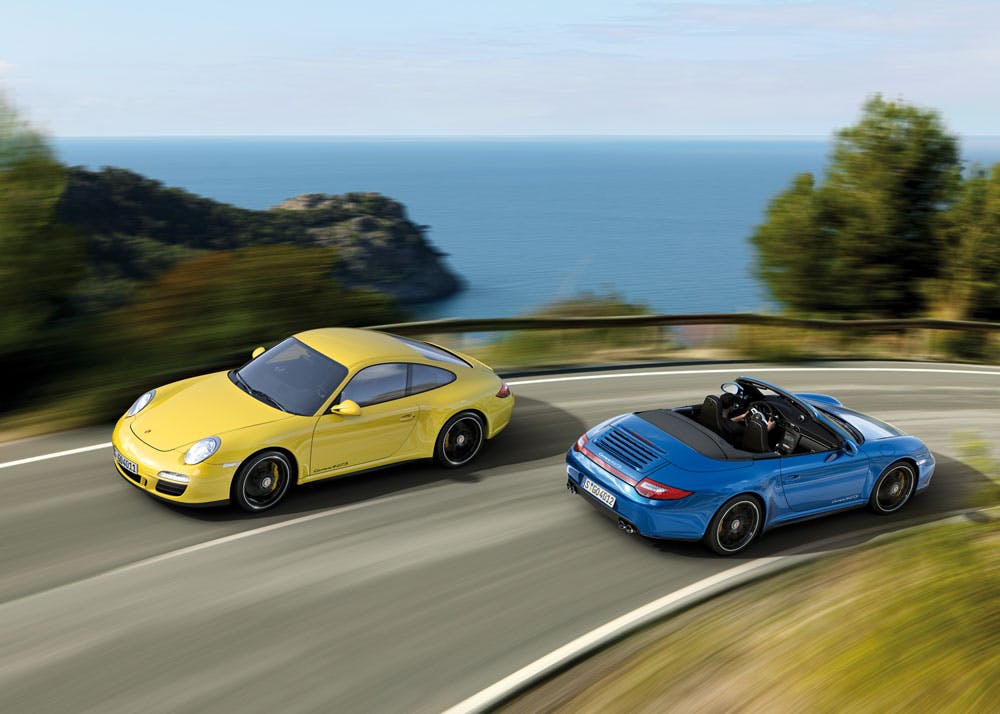
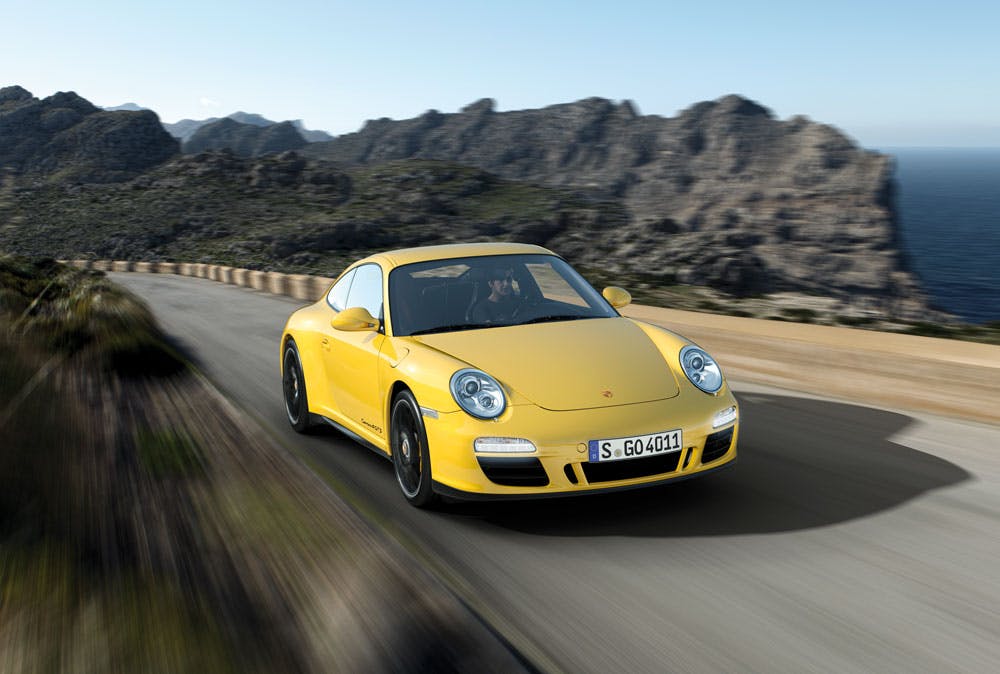
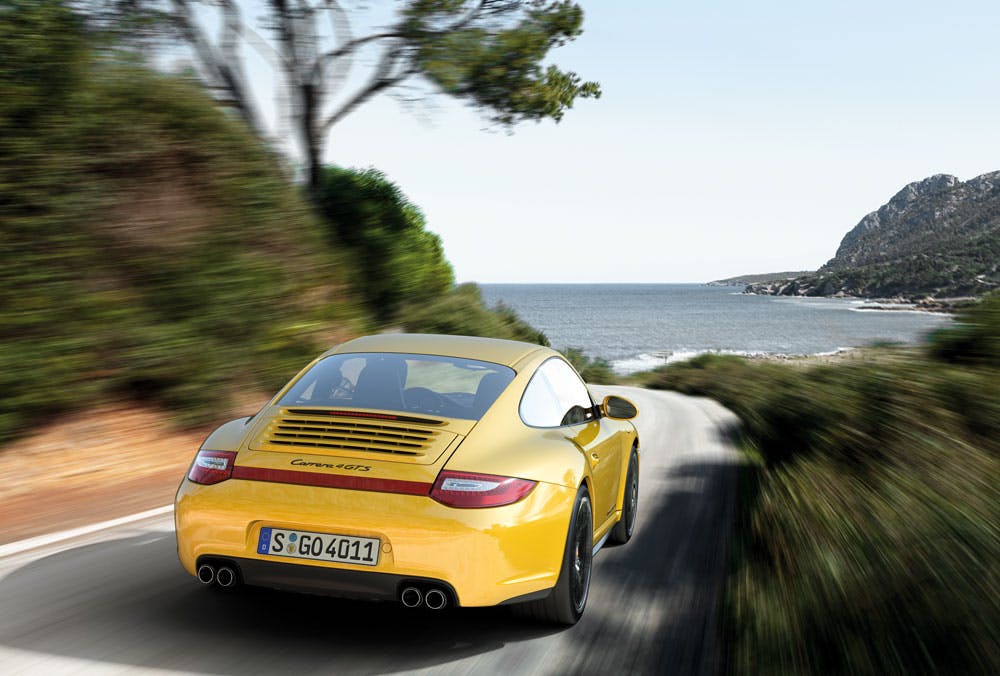
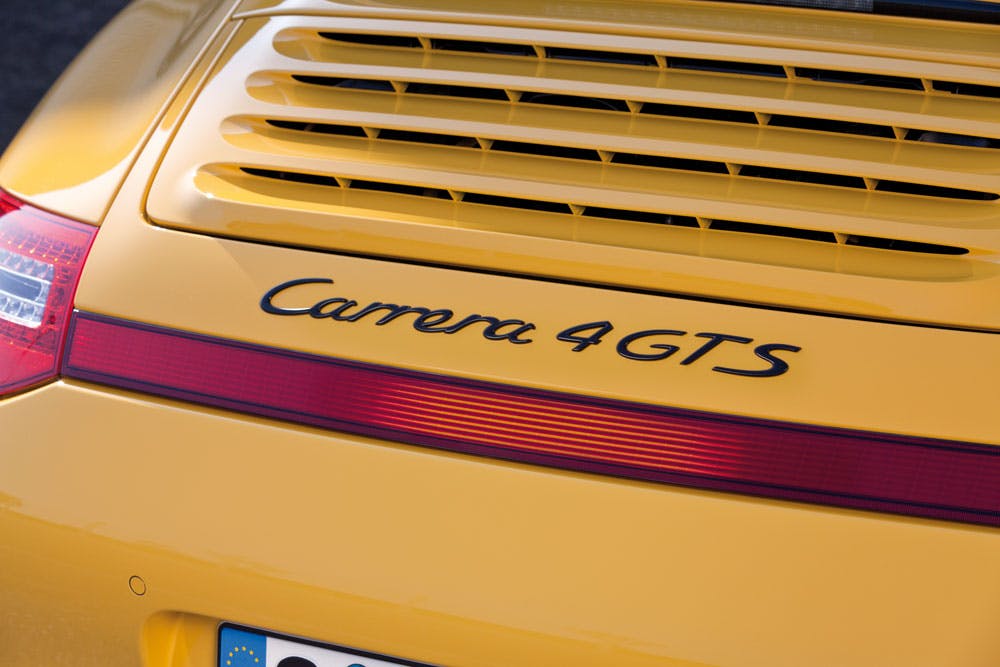
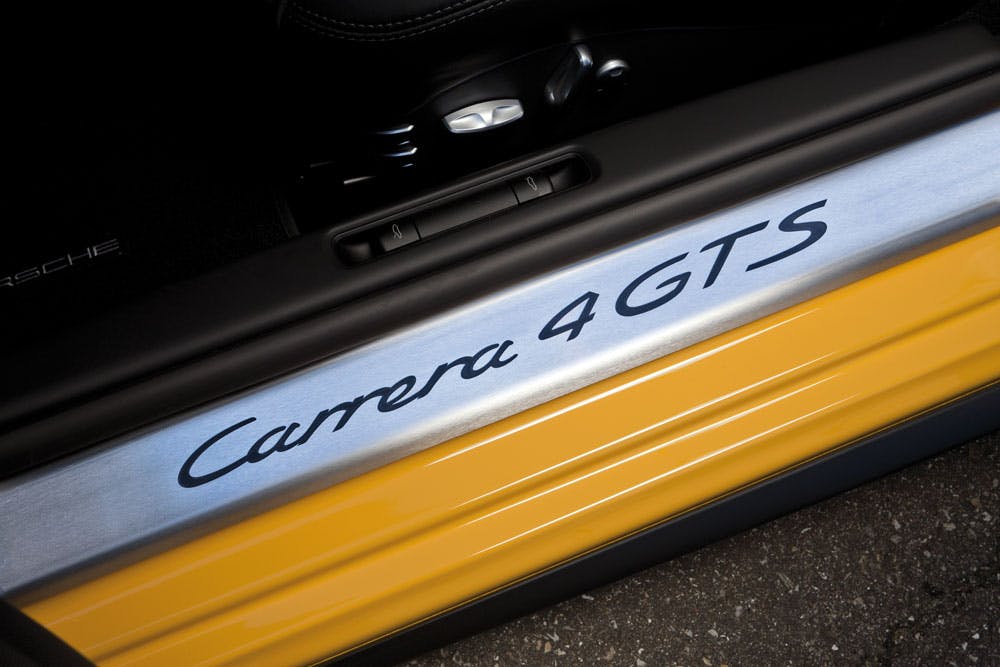
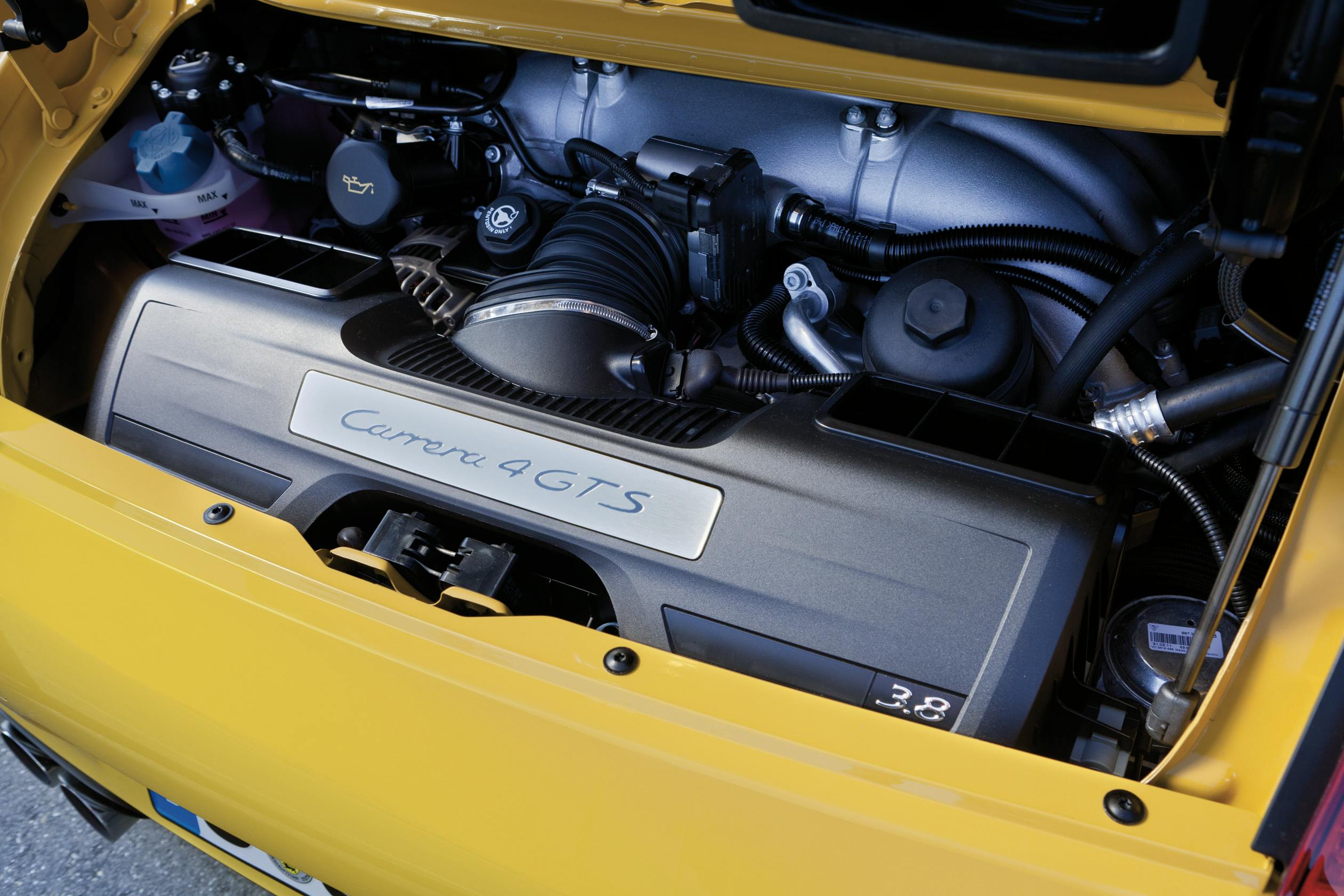


Couldn’t agree more about the 911 GTS! I have a 2012 GTS 4 cabriolet six speed in guards red and adore the car. Modern but, just enough old school to enjoy the ride. Also, have a 1976 turbo which is a whole different experience in driving.
Not sure about the “unsung” part. Any owner/aspirational owner/Porsche lover of modern 911s wishes there was a GTS in their garage. The secret’s universally out, but the cars are few.
Still and all, I love my 997.2 Carrera daily driver. :0)
I just want to know why the rear spoiler isn’t raised on that incredible straight away!
You had me until the new age bandwagon comment on G50 Carrera. Not that I have a problem with the G50 at all or that I’m saying you should be pro-915. But this new thing about a huge preference for G50 🙄
I actually think one day there may start being a preference for the 915. I mean they are old cars now. They are not really fast anymore, so if you are buying an older car for more of an analog feel then why not buy the more mechanical transmission, right?
Ditto on my love for my 997.2/C4S daily driver! I’ve had it for 2 years and have never even seen another on the road. People creep up behind me on the highway just to see what it is.